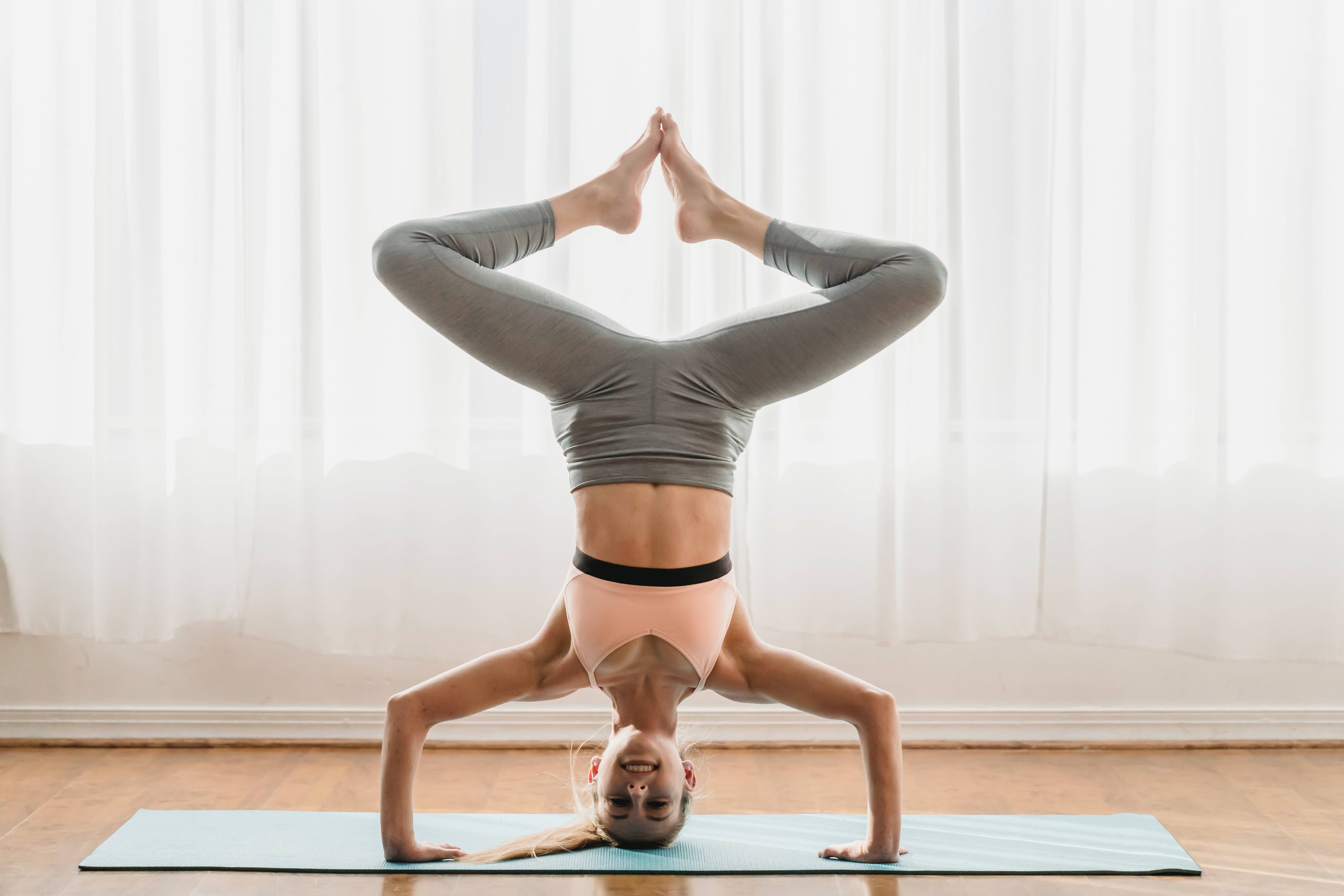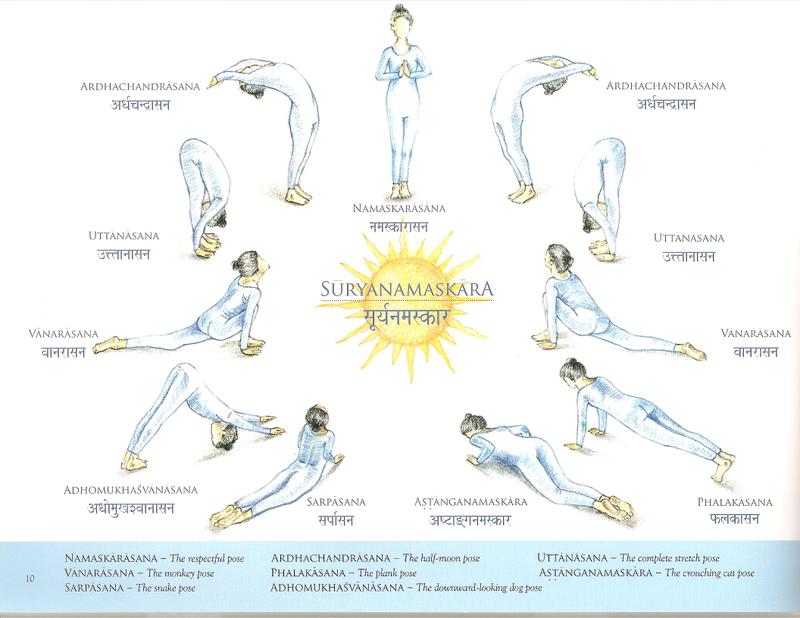
Samadhi means a meditative state. It is the final component of the Noble Eightfold Path. It is known in Ashtanga Yoga as the eighth-limb. Samadhi can be experienced by those who practice yoga.
nirvikalpa samadhi
Nirvikalpa Samadhi Pranayama chants the Nirvikalpa Samadhi Pranayama. It involves exhaling through one nostril, and then inhaling through the other. This technique is often done at the start of the day and before bedtime. You should set your alarm 15 min earlier than usual in order to allow time for practice.
Nirvikalpa Samadhi occurs when the truth begins to be friends with the ego. This stage will see the ego lose its desire to wander and become disloyal. It is a state in which there is peace and tranquility.

Nirvikalpa is the same method used for meditation and other forms. The ultimate goal is complete and total relaxation. This state is characterized by a decreased awareness of space and time. Nirvikalpa allows you to forget about past events, present moments and future ones. It will be as if you are floating in space, not in your body.
The yogi will realize that Nirvikalpa Samadhi is a time when he cannot make a conscious decision. Rather than thinking of things in terms of good or bad, the yogi will feel that everything is good and all is right. Nirvikalpa sadnessi actually resembles Jagrat Sushupti.
laja samadhi
Samadhi, a celestial condition, can be achieved through meditation or ritual. The final result of this state is Nirvikalpa, or total consciousness. A person can reach this state by letting go of all desires and ego. This is a powerful experience that is the ultimate goal of any spiritual practice.
For this state to be achieved, the yogin must concentrate on pratyaya long enough to reduce autoconciencia. His conciencia fuses to pratyaya as the yogin focuses his attention on it. Patanjali says that this is like a transparent joya lying on top of a colored surface. As the joya acquires the color of pratyaya, the yogin's conciencia also fuses with it.

Samadhi can be described as a state in which you transcend into the true nature of your Self through deep meditation. It is the state of total absorption into the true nature of our Self without thinking, while maintaining a complete control over the functions of consciousness. Samadhi is achieved by practicing yoga in two ways. One, through savikalpa samadhi (which is an awareness of meditation), or through savikalpa samadhi (which allows the practitioner to control his thoughts and feelings).
Samadhi can be described as a state of contemplation. However, the Buddhist term is il*lustracio. This level of consciousness can be described as the perfection state for the satguru.
FAQ
How much yoga is too much?
It's important that you remember yoga isn't a sport. There are no limits to the number of times you should practice before you feel tired. Instead, you should enjoy the experience and slow down.
You don't have to worry if you do lose your way once in a while. The next chance you have, you can pick up from where you left off.
Start with 10 to 15 minute sessions if you are new to yoga. Then, work your way up.
Is there a way to do yoga at home?
Absolutely! There are several ways you can practice yoga at home. You can also use DVDs, CDs and books.
YouTube also offers free online videos for yoga. But, it is best to get a professional instructor to guide your movements.
What happens if you stop doing yoga?
It is normal to lose enthusiasm after a while. Yoga may cause stiffness in your body if you stop regularly practicing it. Stiffness can be caused by lack of exercise, poor posture, or simply aging.
Consider retaking some classes if you find the flexibility to be less than ideal. Also, make sure you're keeping up with your daily routine. Exercise can strengthen your bones, muscles and joints. Get enough sleep and eat well.
Statistics
- About one in seven U.S. adults practiced yoga in the past 12 months, according to a 2017 national survey. (nccih.nih.gov)
- According to calorie estimates calculated at Harvard Medical School, the average 125-pound person burns about 120 calories in a half hour of hatha yoga, and a 185-pound person burns about 178 calories in that half hour. (everydayhealth.com)
- The people in the yoga group were 37 percent more likely to have quit smoking by the end of the 8-week program. (nccih.nih.gov)
- Gentle yoga has been shown to ease some of the discomforts of tender, swollen joints for people with arthritis, according to a Johns Hopkins review of 11 recent studies. (hopkinsmedicine.org)
- Lock in 25% off your Founding Member rate. (corepoweryoga.com)
External Links
How To
Can yoga help with menopause symptoms?
Yoga is an ancient Indian practice that focuses on yoga, meditation, and breathing. It has been used over thousands of year to stay fit. It is becoming increasingly popular as people look for ways to stay fit and healthy in times of stress and illness.
Yoga is based around using physical postures (asanas) to stretch muscles, improve posture and increase flexibility. This helps relieve tension and increase strength and stamina.
There are many types of yoga: Hatha, Vinyasa flow and Bikram. Each type is focused on different aspects of the human body, such relaxation, breath, stretching, or breathing.
The aim of all forms of yoga is to achieve balance within the body and mind. Yoga has many benefits, including improved fitness, weight loss, improved sleep quality, energy levels, and reduced stress.
Several studies have shown that yoga may be beneficial for treating conditions such as depression, anxiety, and insomnia. It isn't clear if yoga can be used to treat other health issues, such as symptoms related to menopause.
Yoga not only makes you happier but also helps you relax and manage stressful situations. This can be useful for women going through menopause.
Important to remember that yoga can cause muscle pain after exercise. Therefore, it is advisable to start with a low intensity level. If you have concerns about your current condition or are unsure whether you would benefit from yoga, speak to your doctor before starting.